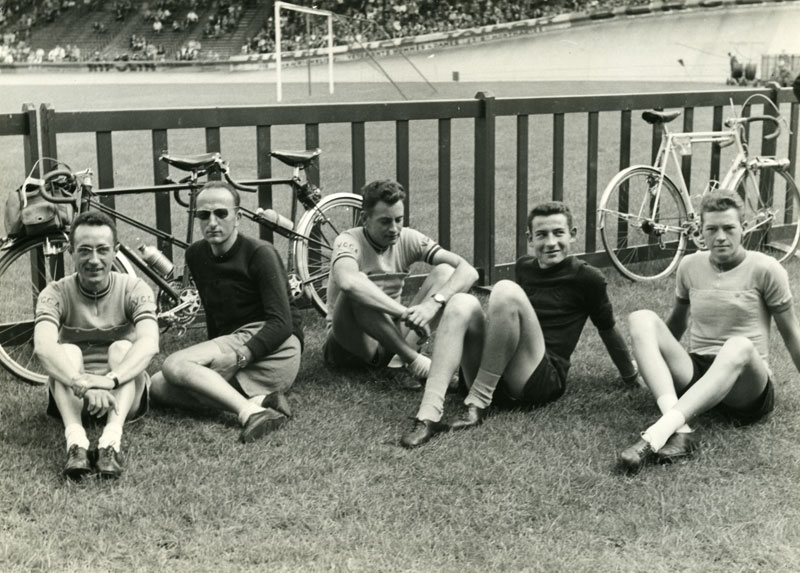PBP Training: Recovery

In the past, we’ve discussed hill intervals and how they make you stronger. They’ve certainly worked for me this spring, as I achieved one of my big goals this year: I completed my Cyclos Montagnards R60 Honors.
You get faster and stronger through overload and recovery. This means not only that you have to work hard enough during your intervals to overload your body, but also that you need to rest long enough to give your body time to adapt to the new demands that you place on it. How do you know whether you have recovered enough to do another set of intervals? How long after a big event should you rest before you start training seriously again?
The amount of recovery needed varies with a number of factors. How you feel on the bike indicates whether you have recovered or not. I find that I need 24-48 hours to recover from a hard training session, and as much as 5-6 days to recover from a long brevet.
How do I know whether I have recovered enough when I head out for another session of intervals? I start the ride as usual. If the first two intervals are sluggish, I am not concerned; my muscles have to flush out the left-over lactic acid or whatever it is that makes your legs sluggish after a hard effort. However, by the third time up the hill, my legs usually feel better. If my legs still don’t have much power, and I bog down where I usually soar, I know I have not recovered enough. I go for an easy spin, and try again a day or two later.
It helps to ride a favorite bike on days when your motivation is flagging a bit. If I am on a bike that does not work well with my pedal stroke, staying motivated is a lot harder.
Beyond the recovery from my training sessions, I also need a week-long period of recovery from time to time to recharge my body. After three weeks of training with increasing intensity, I take a whole week of rest.
I increase the intensity throughout the three weeks of training. During the third week, I train more often and with the most intensity. I may even do intensive workouts on consecutive days toward the end of that week (assuming I can find the time!). By the end of that third training week, I feel less eager to ride, and it is getting harder to keep up with friends who are training less. This is a clear sign that I am on the verge of overtraining – as I should be before taking a rest week. It is clear that overload alone does not make me faster, and that is why the rest week is important.
I schedule my rest weeks so that they fall before big events in which I hope to do a personal best. After the rest week, I feel eager to ride. I may take a few miles until my legs spin smoothly again, but then they feel stronger than ever before.
Everybody is different, and our bodies change as we train. With some experience, you can tell whether you are training too much. If you are not having fun even mid-way through a ride, it’s probably a good idea to increase your rest periods.
I ride my bike fast because I enjoy it. For that, I need what the French call “the taste for the effort” (le gout de l’effort). If that “appetite” is not present any longer, I know I need to change my training.
The photo is from the Summer 2011 Bicycle Quarterly. It shows the fastest riders in Paris-Brest-Paris 1956 a day after the ride, as they wait to do a “lap of honor” in the Parc des Princes velodrome.


